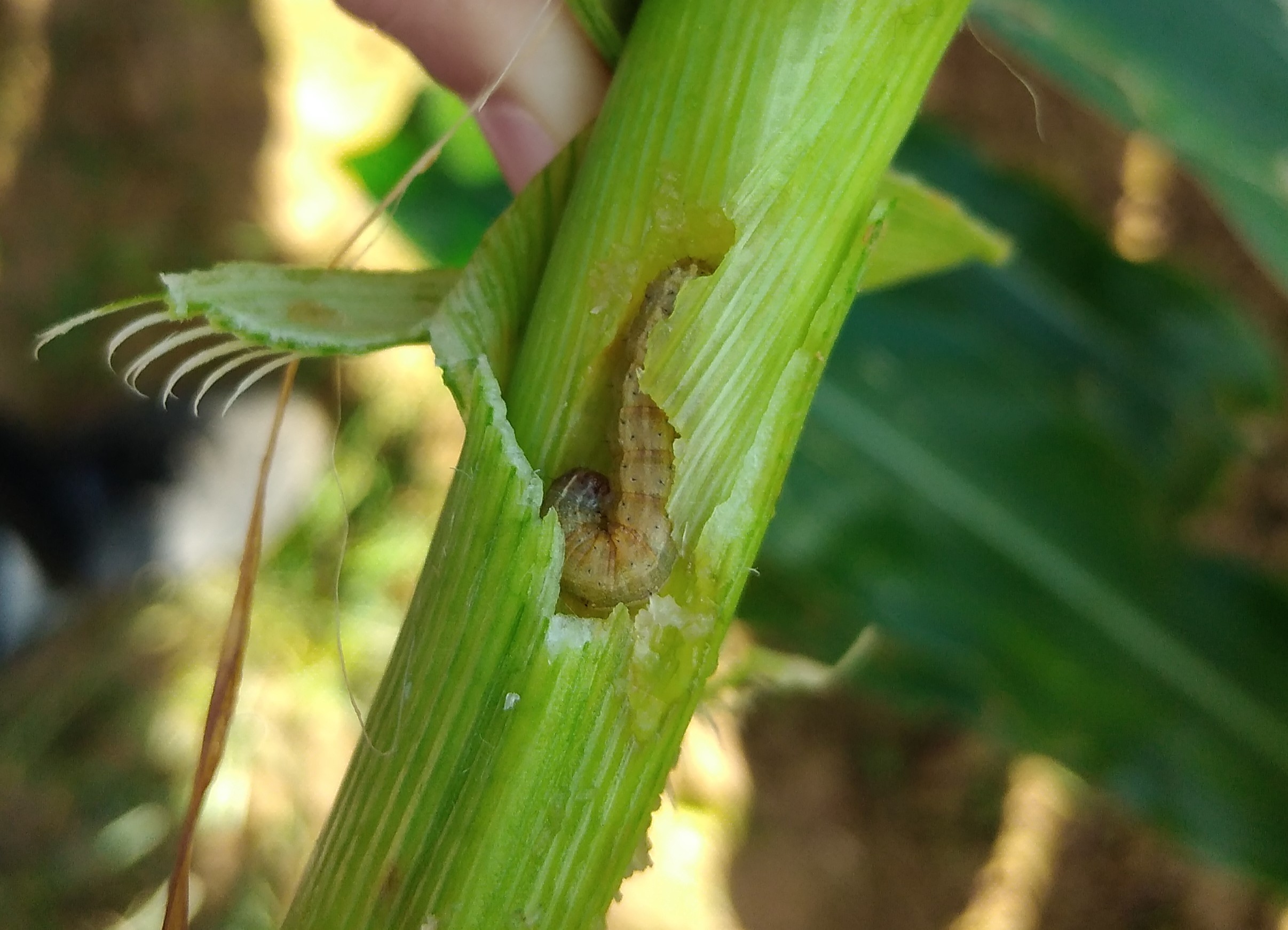Effective Management of Fall Armyworm (Spodoptera frugiperda) with Inspagro: Strategies and Monitoring
Farmers and agronomists face numerous challenges in the field, and one of the most significant is the presence of pests that can compromise both the quality and quantity of the crop yield. Among these pests, the caterpillar Spodoptera frugiperda, commonly known as the fall armyworm, stands out due to its destructive potential, not just in soybean plantations but also in a variety of other crops. In this post, we will delve into the impacts of this pest, how to identify it, and effectively monitor it using the powerful Inspagro app.
Impacts of Spodoptera frugiperda
The fall armyworm is part of the lepidopteran group and is notorious for its ability to consume a wide range of crops. While soybeans are one of its primary targets, crops such as corn, cotton, and even some vegetables can also suffer severe damage. The damage starts in the larval stage, as the caterpillars voraciously feed on the leaves, and can progress to more vital parts of the plant, such as flowers and pods, thereby compromising the productivity and quality of the harvest.
Identifying the Pest in the Field
To combat Spodoptera frugiperda effectively, it is crucial to correctly identify it. The caterpillars exhibit a distinct pattern of coloration, ranging from green to brown, with lateral lines that aid in camouflage. They also have a series of dark spots and a yellow or white line running longitudinally along their body. Observing these characteristics can assist in the correct identification of the pest.
Monitoring and Counting in the Field with Inspagro
The key to effective management of Spodoptera frugiperda is consistent and accurate monitoring. Here, the Inspagro app becomes an invaluable ally. With the ability to record field monitoring offline, including geolocated photos and agronomic parameters, Inspagro facilitates the documentation and tracking of pest presence. When conducting the count, focus on the following steps:
- Visual Inspection: Check the plant leaves, especially the younger ones, as they are the caterpillars' favorites. Look for signs of feeding and the caterpillars themselves.
- Counting: When you find a caterpillar, record it in the Inspagro app. Use the geolocated photo feature with agronomic parameters of cycles (Pulp, L1-2, L-3-4-5 or Adult) and counting (per linear meter or per square meter) to maintain an accurate record of the infestation.
- Analysis: Use the collected data to analyze the extent of the problem. Inspagro allows you to synchronize the information collected with other team members and experts, facilitating data-driven decision-making.
Conclusion
Spodoptera frugiperda is a pest that requires attention and careful management. With the aid of technologies like Inspagro, farmers and agronomists can not only identify and monitor the presence of this pest efficiently but also share crucial information for effective combat. Integrating integrated pest management practices with advanced technological solutions represents a significant step towards more sustainable and productive agriculture.
Remember, prevention and continuous monitoring are the best strategies to protect your crops. With Inspagro, you have a powerful tool at your disposal to keep your plantations safe and healthy, ensuring the prosperity of your agricultural production.
FAQ Section:
1. What is Spodoptera frugiperda and why is it a concerning pest? Spodoptera frugiperda, also known as the fall armyworm, is a pest from the lepidopteran group that attacks crops like soybeans, corn, cotton, and some vegetables. It is concerning due to its ability to cause significant damage to leaves, flowers, and pods of plants, directly affecting the productivity and quality of the harvests.
2. How can I identify Spodoptera frugiperda in my plantations? The fall armyworm can be identified by its distinctive coloration pattern, which varies from green to brown, and by lateral lines that assist in camouflage. They have dark spots and a yellow or white line running longitudinally along their body. Observing signs of feeding on the leaves can also aid in identification.
3. How does the Inspagro app assist in monitoring Spodoptera frugiperda? Inspagro allows you to record field monitoring offline, including geolocated photos and agronomic parameters. With it, you can document the presence of the pest, analyze the extent of the problem, and share information with your team and experts, facilitating data-driven decision-making.
4. What are the benefits of using Inspagro for managing Spodoptera frugiperda? Using Inspagro in managing the fall armyworm offers several benefits, including the ability for precise and real-time monitoring, ease of sharing information among team members, and support in making strategic decisions for effective pest control.
5. Is it possible to use Inspagro in areas without internet connectivity? Yes, Inspagro is designed to allow field monitoring registration offline. You can capture geolocated photos and enter information about pest and crop conditions even without an internet connection, and synchronize the data later when you have access to the network.



.jpg)

Comments
Post a Comment